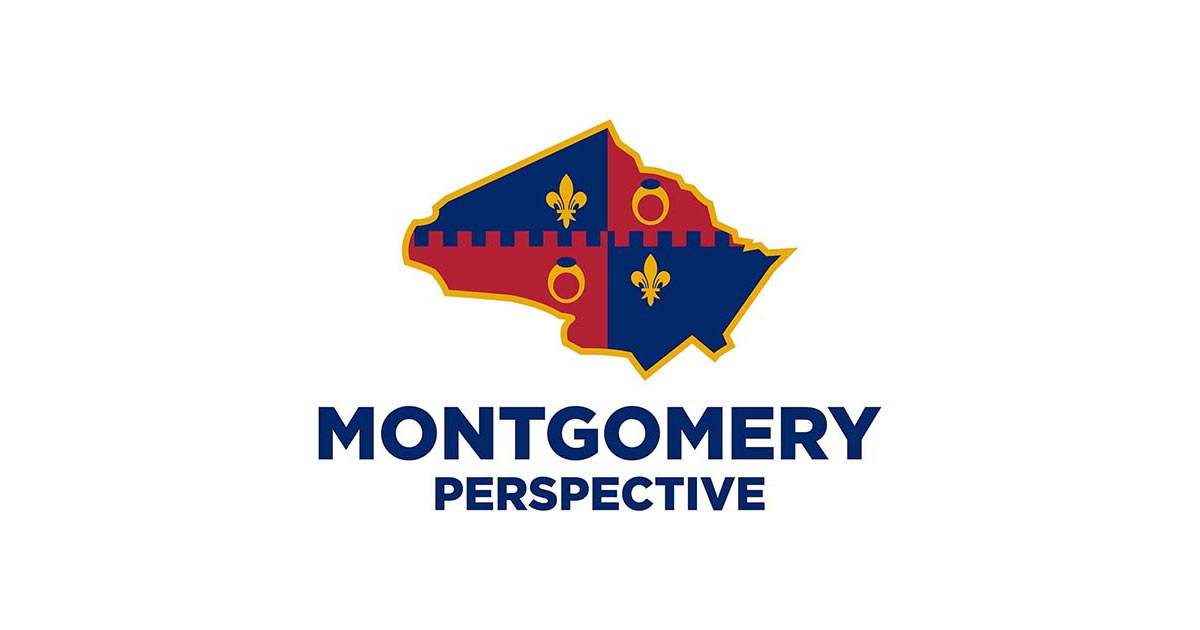The U.S. Bureau of Labor Statistics’ Quarterly Census of Employment and Wages (QCEW) program recently released its preliminary estimates for county employment in 2023. This program relies on employer reporting to state unemployment insurance agencies to calculate employment, establishments, and wages paid by industry, state, and county. This data is often used to measure the economy of Montgomery County and compare it to its competitors.
To analyze the data, I will ask three questions in order of importance: How did we do last year? How are we doing compared to the pre-pandemic era? What’s the long-term trend? These questions will be applied to four specific data series measured by the QCEW program: total employment, private employment, establishments, and wages paid.
It’s important to note that the data from the QCEW program is sourced from employers and applies to their payrolls. It does not measure non-employment income or non-payroll work, such as self-employment. While Montgomery County is a leader in the D.C. region in proprietors and proprietor income, this data does not capture that information. The U.S. Bureau of Economic Analysis measures proprietor activity, non-employment income, and gross domestic product by county, albeit with a lag.
Additionally, the estimates provided in the QCEW program are preliminary and subject to revision. Past revisions have not significantly altered long-term trends. As this data is revisited regularly, any revised numbers are incorporated into the analysis.
While Montgomery County’s economic fortunes did not drastically improve last year, there were some positive developments in certain measures and time periods. Some neighboring jurisdictions also faced economic challenges, with one experiencing a significant downturn. This outlier will be identified in Part Two of this analysis, where relative performance will be quantified.
